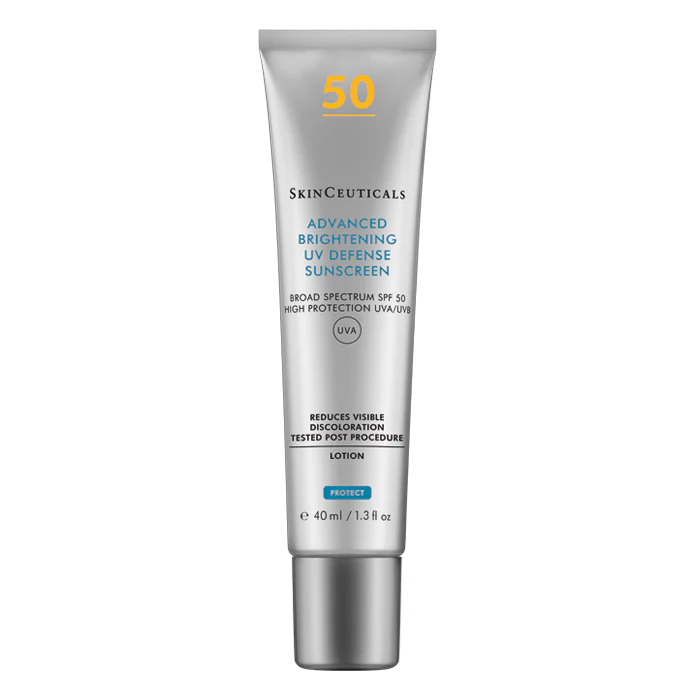Antioxidants
What are free radicals?
Natural chemical reactions in our cells produce unwanted by-products called reactive oxygen species (ROS) – better known as free radicals.
These furiously ping about inside cells causing havoc, particularly a type of damage called oxidation. Seen an apple go brown? Smelt oil or nuts that have gone off? That’s oxidation.
Unchecked, a disastrous chain reaction would occur in which cell’s most precious elements – their fat rich membranes, their proteins and DNA - would degrade and suffer irreparable harm.
There’s also a whole other source of free radicals - the environment. The skin is bombarded by sunlight (UV, infrared, visible light), weather and pollution which trigger the production of free radicals.
Free radicals cause premature ageing of the skin, especially through damage to the collagen and elastin scaffold that keeps the dermis bouncy.
Antioxidants to the rescue
Over millennia, cells have developed their own complex system of antioxidants to neutralise these rogue agents and keep them in check.
The skin has its own resources of a antioxidants, but when the skin is under stress, the resources gets completely depleted. Although production of antioxidants is increased, not enough can be made in time. ‘This means you need additional protection to cover this gap’.
It goes without saying that you need good sun protection. Most sunscreens protect you from UVA and UVB, but not from environmental damage such as heat and visible light which also induce free radicals. That’s why topical antioxidants as well as sun protection are essential.
What do antioxidants do?
One of two things - the first is neutralise those free radicals, reducing their numbers, preventing oxidation and the attacks on collagen. Some are seen as having an additional role which is to strengthen the skin’s own antioxidant network, enabling it to synthesise more antioxidants naturally. Overall, they reduce what’s called oxidative stress.
The potency of antioxidants is rated using something called the ORAC score (Oxygen Radical Absorbency Capacity). Antioxidants alter their properties in the skin or when in contact with other antioxidants. A great antioxidant on paper could turn out to be one of the worst in actual use. A key point here then is to look for a formulation that has been tested ‘in vivo’, that is, in real people.
Antioxidants are also picky about their partners. They will not work well with some but may perform even better as part of a team. If you pair vitamin E with vitamin C, the latter becomes four times more effective.
Some antioxidants don’t penetrate well. Others only work in the watery parts of the skin. Dr Sheldon Pinnell, the founder of SkinCeuticals, created the Duke Parameters, which provide guidance on how vitamin C should be formulated to achieve the best penetration; these include low pH and having the pure form of vitamin C (l-ascorbic acid) in a concentration between 10-20%.
You need antioxidants which have been carefully formulated and tested together, not individually, for compatibility, stability, penetration and above all, effectiveness.
Vitamin C (l-ascorbic acid)
The all-rounder is best suited for those with oily or combination skin. ‘It needs to be in the l-ascorbic acid form. Its main action is direct neutralisation of free radicals, it can also defend the skin from oxidative stress and can make a significant improvement in sun damage and skin tone. Needs an acidic pH for stability and works even better with vitamin E.

Vitamin E (alpha tocopherol)
Best suited for those with dryer older skins, vitamin E is the classic antioxidant with benefits, since it mops up free radicals as well as absorbing energy from UV light. Found naturally in the skin, when applied topically on its own, it is unstable, so better in combination.

Ferulic Acid
An antioxidant from plants like rice, oats and bamboo which has increased activity when combined with C & E. It also helps to stabilise formulations.
C E Ferulic is a well-formulated combination with heavyweight research to back its benefits. It includes 15% pure vitamin C in the l-ascorbic acid form, 1% vitamin E (alpha tocopherol) and 0.5% ferulic acid.
Phloretin
Extracted from apples and apple root bark, a newer antioxidant which inhibits the formation of the substances (MMPs) that break down collagen and also enhances penetration. It has a particular role in reducing pigmentation. Phloretin CF combines it with vitamin C and ferulic acid.
Resveratrol
Sourced from the skins of grapes, has a double action both neutralising free radicals and triggering natural production of antioxidants. It also has an anti-inflammatory action.
Resveratrol B E contains additional niacinamide (a vitamin B antioxidant) and vitamin E which have a synergistic effect. It also includes the antioxidant baicalin.
Baicalin
This antioxidant comes from Scutellarin plants. One of the most powerful antioxidants known, it is particularly difficult to formulate.
Antioxidants degrade quickly so buy in small quantities in opaque bottles. Keep away from direct sunlight and heat. Their effective life is about 4 months from first opening.
Every drop of SkinCeuticals patented vitamin C serum contains 30 years of research. Considered the gold standard of vitamin C serums. Formulated according to the Duke parameters – this high performance daily vitamin C serums outperform most if not all of its competitors . Precisely formulated, and clinically proven to neutralise free radical damage, and visibly improve lines and wrinkles, firmness, and discoloration.
Discover your vitamin C serum today. https://www.nualawoulfe.ie/collections/skinceuticals
More on SkinCeuticals
https://youtu.be/mZAVie9lXfQ
The Vitamin C Serum Beauty Editors Love: SkinCeuticals C E Ferulic Review
https://youtu.be/f8-81ADWDeQ

























































